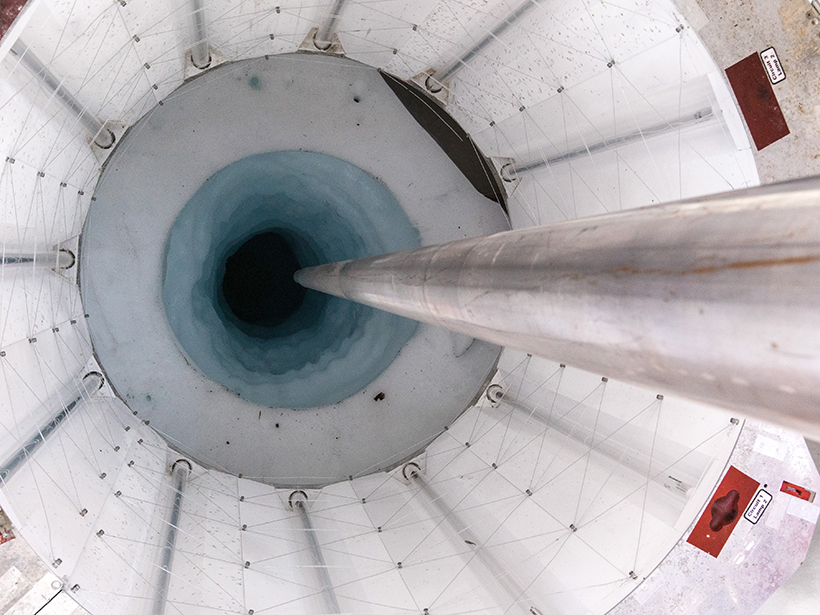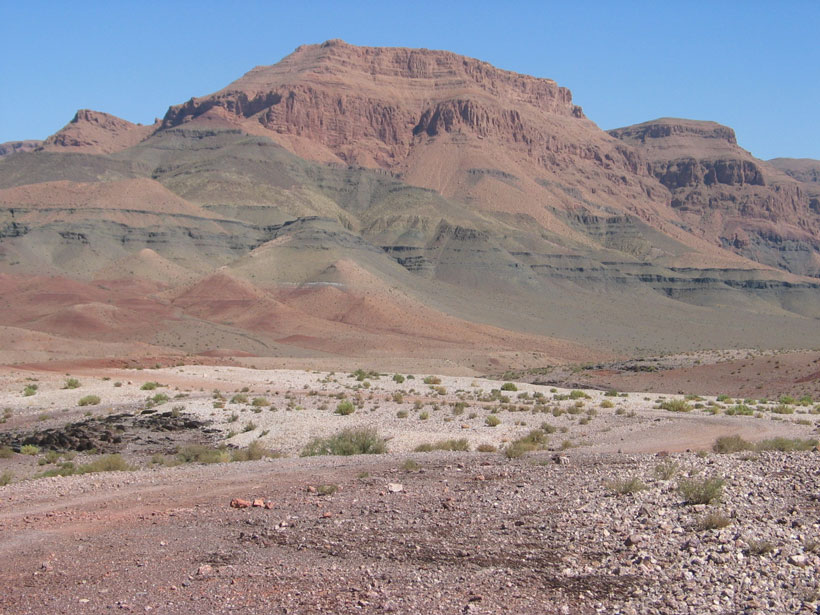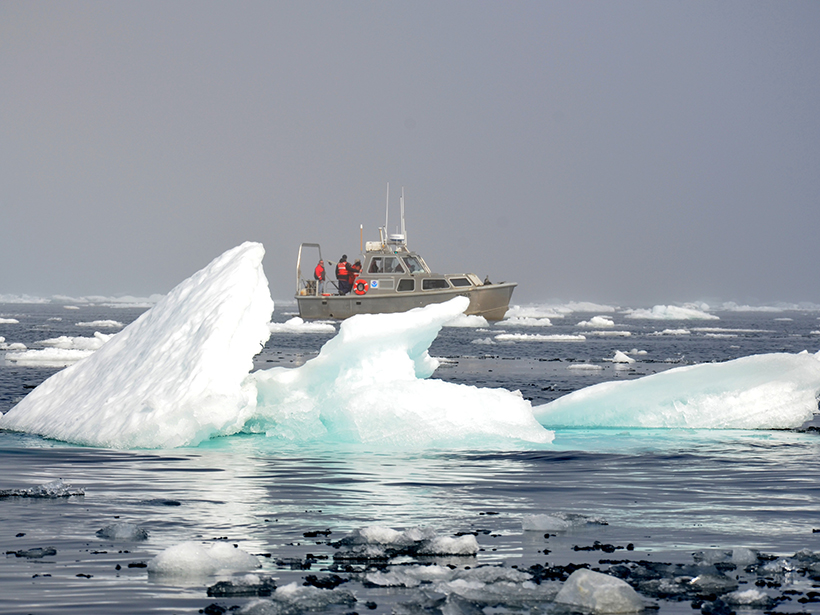Pitman pioneered research on seafloor spreading, proposed a scientific backstory to the Great Flood and Noah’s Ark, and reveled in spirited discussions of all kinds.
News
This Week: Guilty Pleasures to Get You Through Quarantine
Taking a brief break from Earth and space science for…primal screams and pet pics?
Coronavirus Lockdown Brings Clean Air to Spanish Cities
Measures against the spread of the new coronavirus have an unexpected side effect: record-low air pollution levels.
El Compostaje Humano es el Camino Ecológico a Seguir
Nuestro impacto ambiental no desaparece cuando morimos, pero existe una forma de convertir este impacto en algo positivo.
Atmospheric Scientists Show Resilience in the Face of Lockdowns
As businesses, schools, and entire cities shut down to prevent the spread of the coronavirus, scientists have been forced to adapt to radically altered working conditions and data collection techniques.
A Subglacial Lake in Antarctica Churns Out Nutrients
Eight hundred meters below the West Antarctic Ice Sheet, microbes in subglacial Lake Whillans create organic carbon that helps power the Southern Ocean’s vast food chain.
How Modern Emissions Compare to Ancient, Extinction-Level Events
Researchers find that a pulse of volcanic activity spanning several hundred years released as much carbon dioxide into the atmosphere as anthropogenic emissions projections for the 21st century.
The Arctic Ocean May Not Be a Reliable Carbon Sink
The rapid changes happening in the Arctic Ocean, including increasing freshwater input, could dramatically affect its ability to store carbon.
Podcast: Paradise Lost
Nuclear bomb tests conducted during the Cold War turned an idyllic tropical isle into a radioactive ship graveyard.
Ancient Impact’s Seismic Waves Reveal Pluto’s Ocean, Core
By modeling the waves produced by a massive, ancient impact, scientists have begun to unlock the secrets of Pluto’s interior.









